Walk along Bramhall Lane, down Bramhall Brow to the large roundabout.
Damery Rd on the right was on the site of Damery farm and in 1901 was farmed by the Allan family from Scotland. Before 1900, there were only fields and farms along the road. Large houses were built later. There was a very large sand pit on Bramhall Lane opposite Carrwood Rd in 1907.
STOP 6 You are now in the Bramhall Green hamlet. Bramhall Green was the original village centre opposite the park gates. Here could be found the local smithy, village pinfold, (an area where stray animals were rounded up if their owners did not supervise their use of common grazing land) the stocks, a cluster of houses including a police house, a school, a water mill (which gave way to the lane being called Mill Lane before it was Bridge Lane) Womanscroft Bridge, a pub called “The Shoulder of Mutton” and on the site of the shops, Clarke’s Farm, which was demolished in 1920.
STOP 7 Taking the first exit off the roundabout, just inside the park you will see Bramhall East Lodge .East Lodge was built in mock Tudor style by the hall tenant Charles Neville in 1880s. It is Grade II listed. William Garner and his wife Emma farmed here in 1911.
Continue along a wide path through the park with Lady Brook on your right.
The park was a deer park in the 16th Century.
STOP 8 Bramall Hall Bramall Hall is a medieval timber framed manorhouse. The oldest parts date from the 14th century, with later additions from the 16th and 19th centuries. The hall was owned for centuries by the de Bromale family and then the Davenport family. The whole estate was sold to the Lancashire Freeholder’s Company Ltd in 1877.


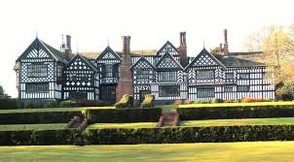
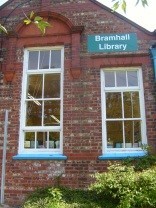
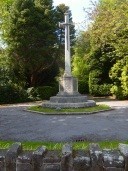
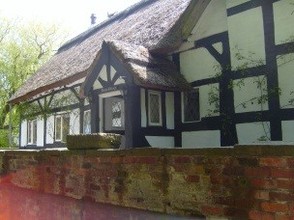
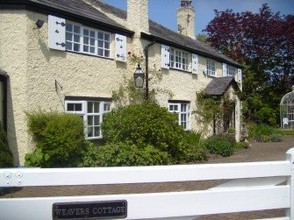
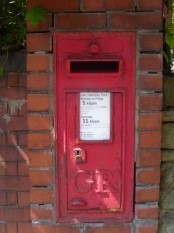
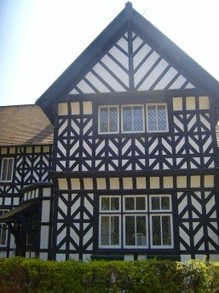
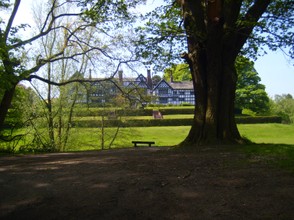
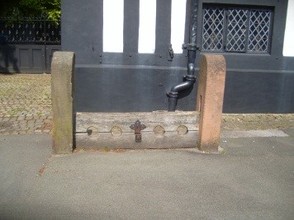
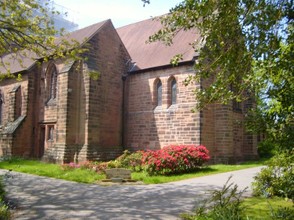
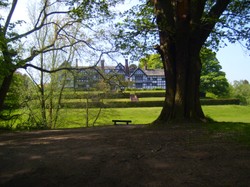

 Blarney Castle and Gardens, County Corkon 06/01/2023
Blarney Castle and Gardens, County Corkon 06/01/2023
 An Cóbh, Corcaigh, Eireon 05/29/2023
An Cóbh, Corcaigh, Eireon 05/29/2023
 Dublin ; The Book of Kellson 04/04/2023
Dublin ; The Book of Kellson 04/04/2023
 The Bee Tree Community CIC;- an online support communityon 08/24/2022
The Bee Tree Community CIC;- an online support communityon 08/24/2022
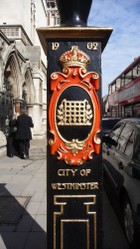

Comments
Bonfires are very popular all over Britain and date to BC times when the Ancient Britons would burn a huge log at Yule- Midwinter
Stop 11, Robin's Lane, advises us that "Diagonally to the right, a bonfire for Queen Victoria’s diamond jubilee in 1897 was held on the land bordering Robin’s Lane, Convamore Rd and Ack Lane. This was Hardy Farm Field. The bonfire was lit at 10pm to link Bramhall to bonfires all over Britain."
Do bonfires appeal to certain socio-economic niches or do they have their appeal among the lowest to the highest socio-economically?
Yes the owners would have had to pay to get them back otherwise the landowner would have kept them.
Veronica, Thank you for sharing Bramhall's history with us! What happened to the strays rounded up in the pinfold? Were their owners given a chance to get them back?
Yes King George V1 post boxes are ever so slightly different. They have a V1 between the GR.
I love looking at the postboxes as I walk about.
Interesting about the phone box and King George V. So strange to think that he was king so long ago, yet. not so long ago, really.
Ty. I went to the local library looked at the archives that were there. I looked at the census returns and old maps. I got books out of the library and I visited the hall. Cheshire timber framed houses were always rather more decorated than others of the same period in Briain. The more decoration the more it showed wealth. Some of the decoration was restored during the 19th C .
I had a fabulous time doing it .
I really like the look of half-timbered Bramhall Hall because it has all those different patterns. I also like that brick church.
Your tour was very informative, but where did you get all the information for this article?
The old hedgerows are a very important indication of an areas past.
Yes ty. I love living here.